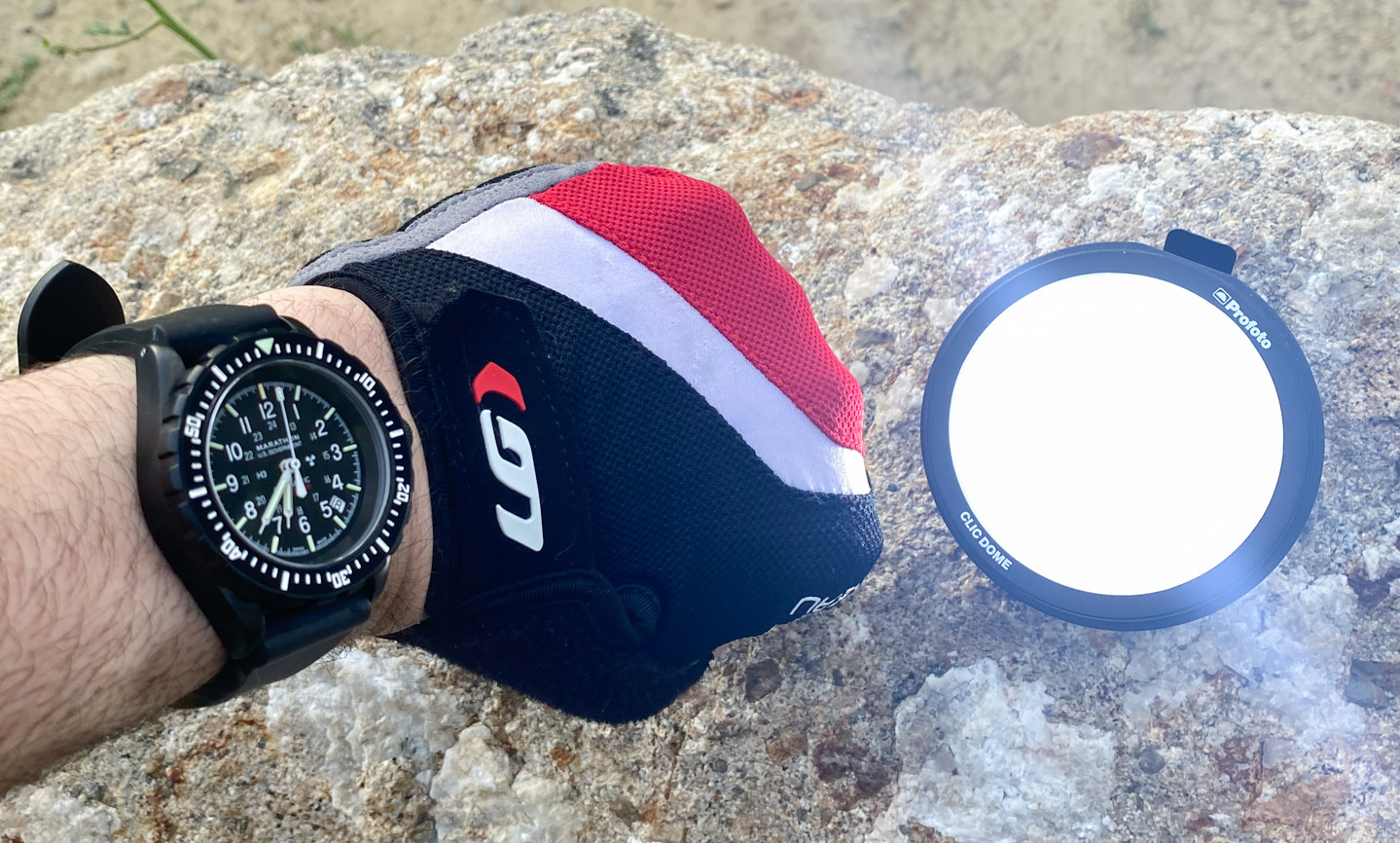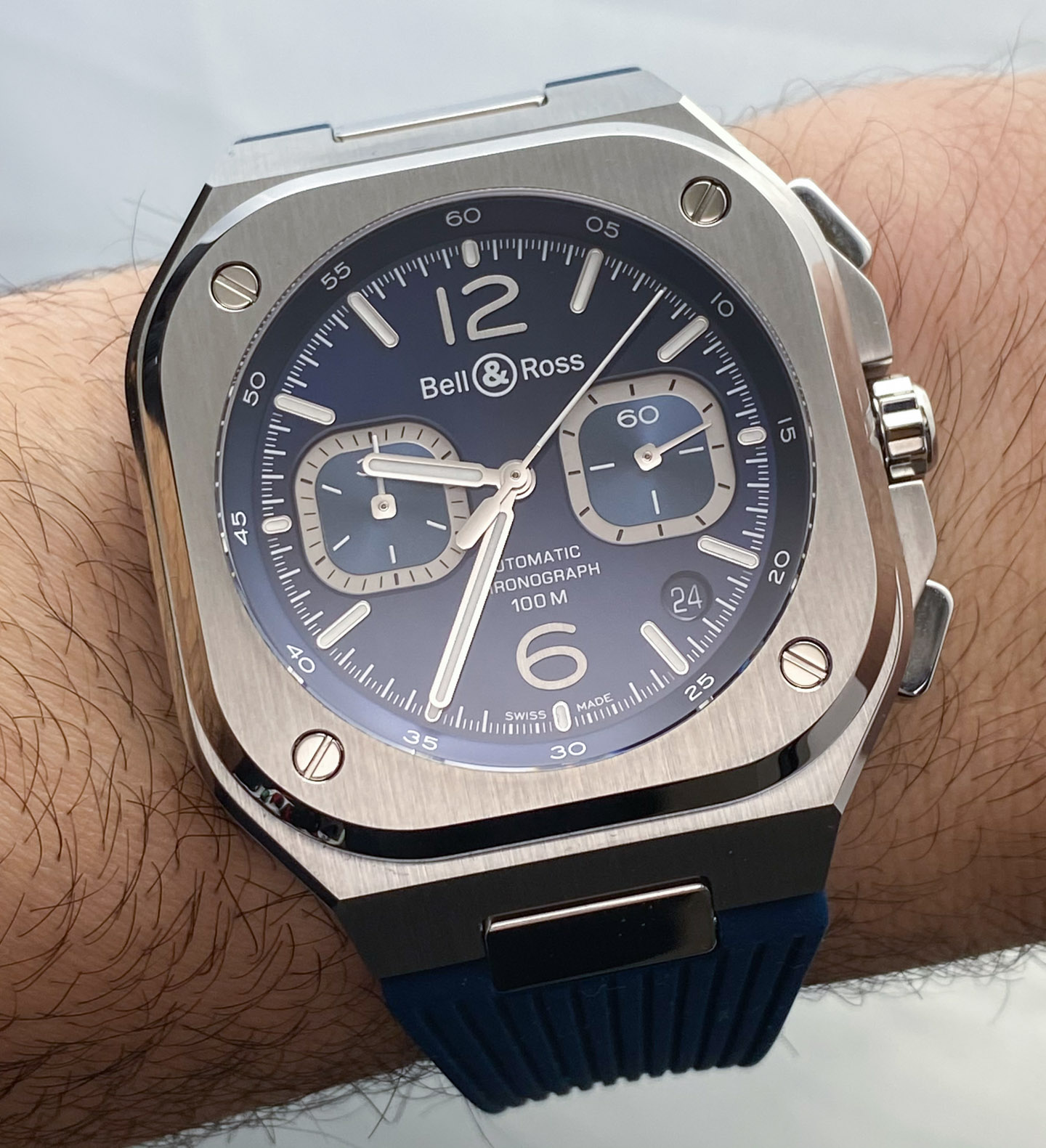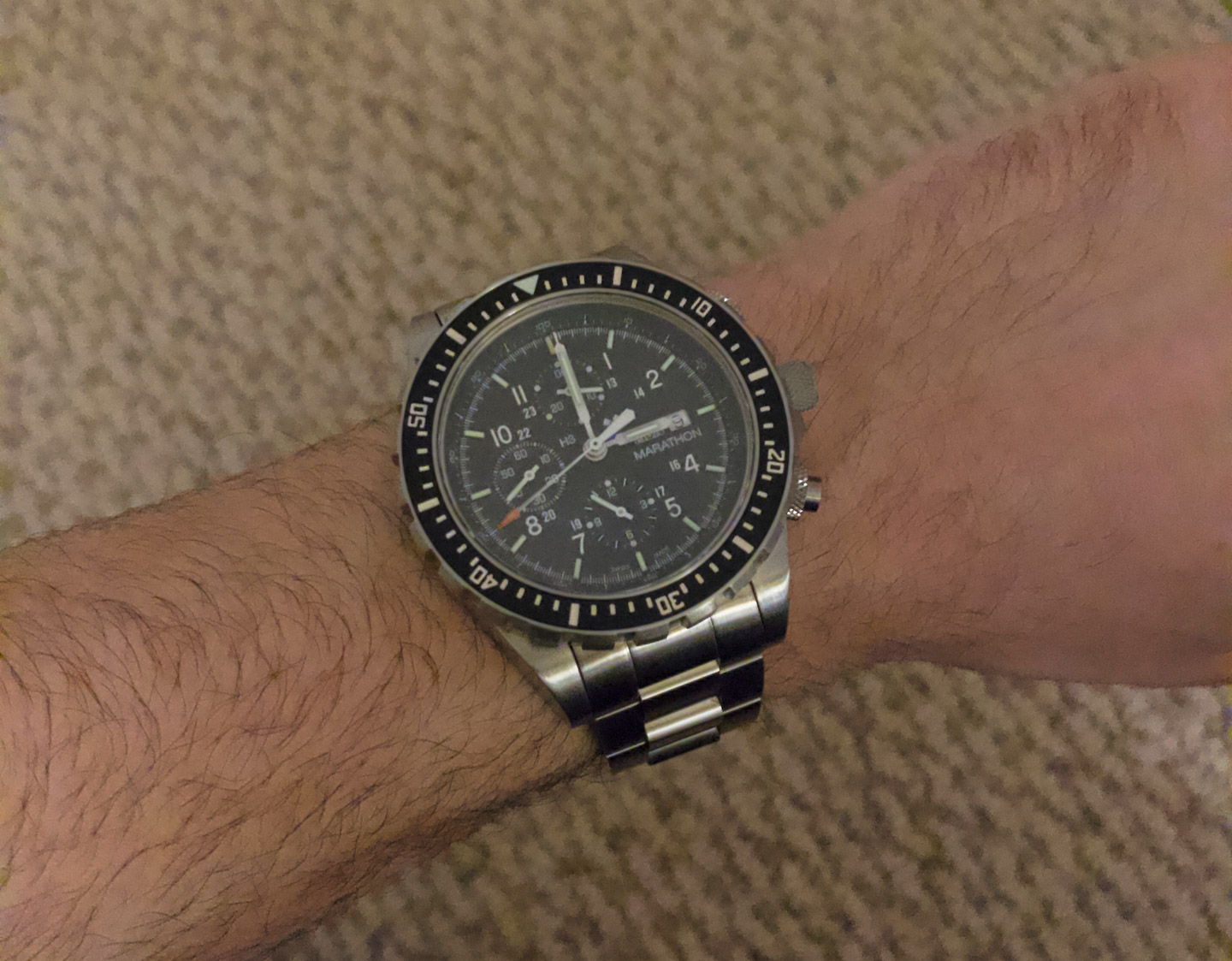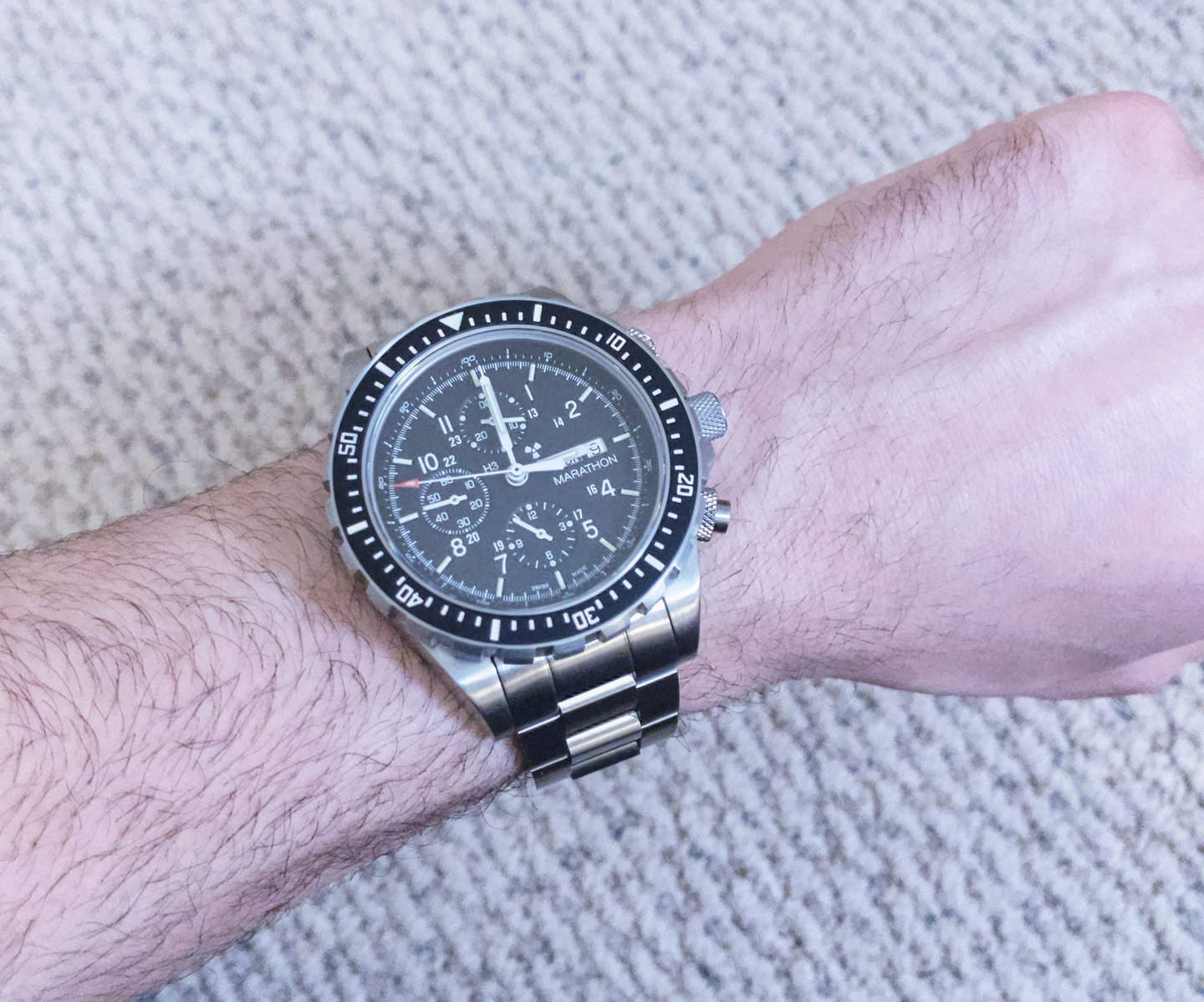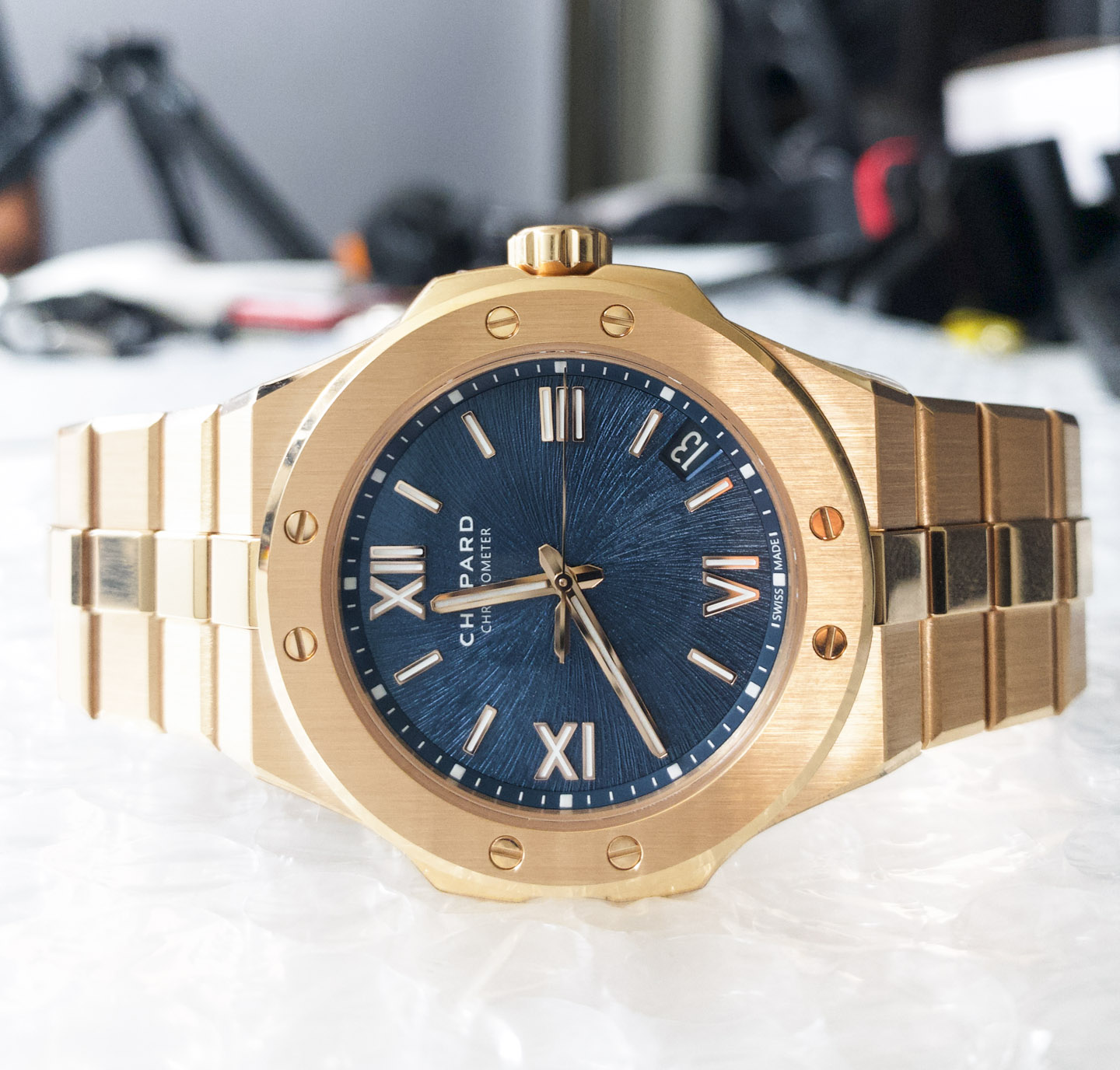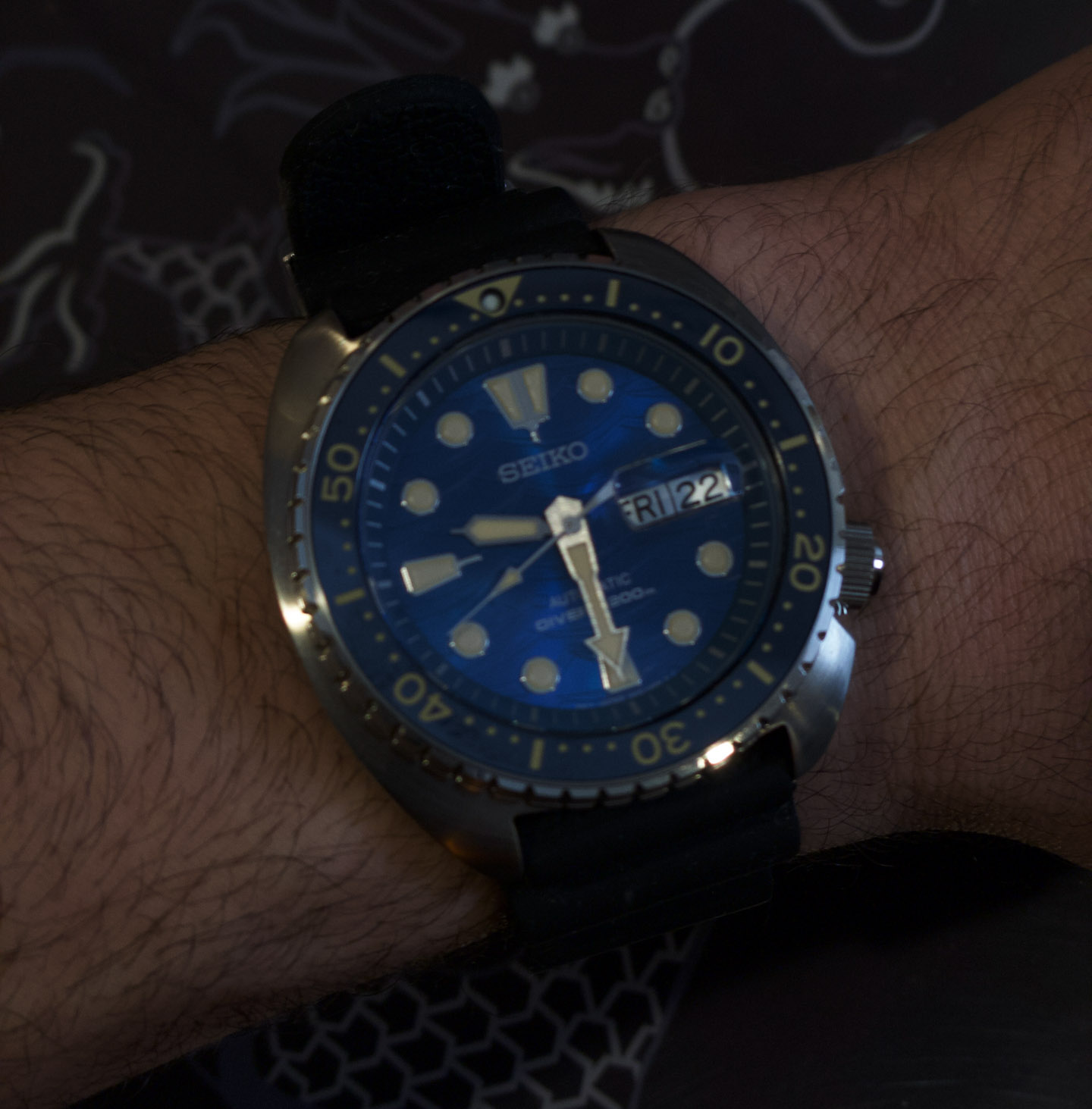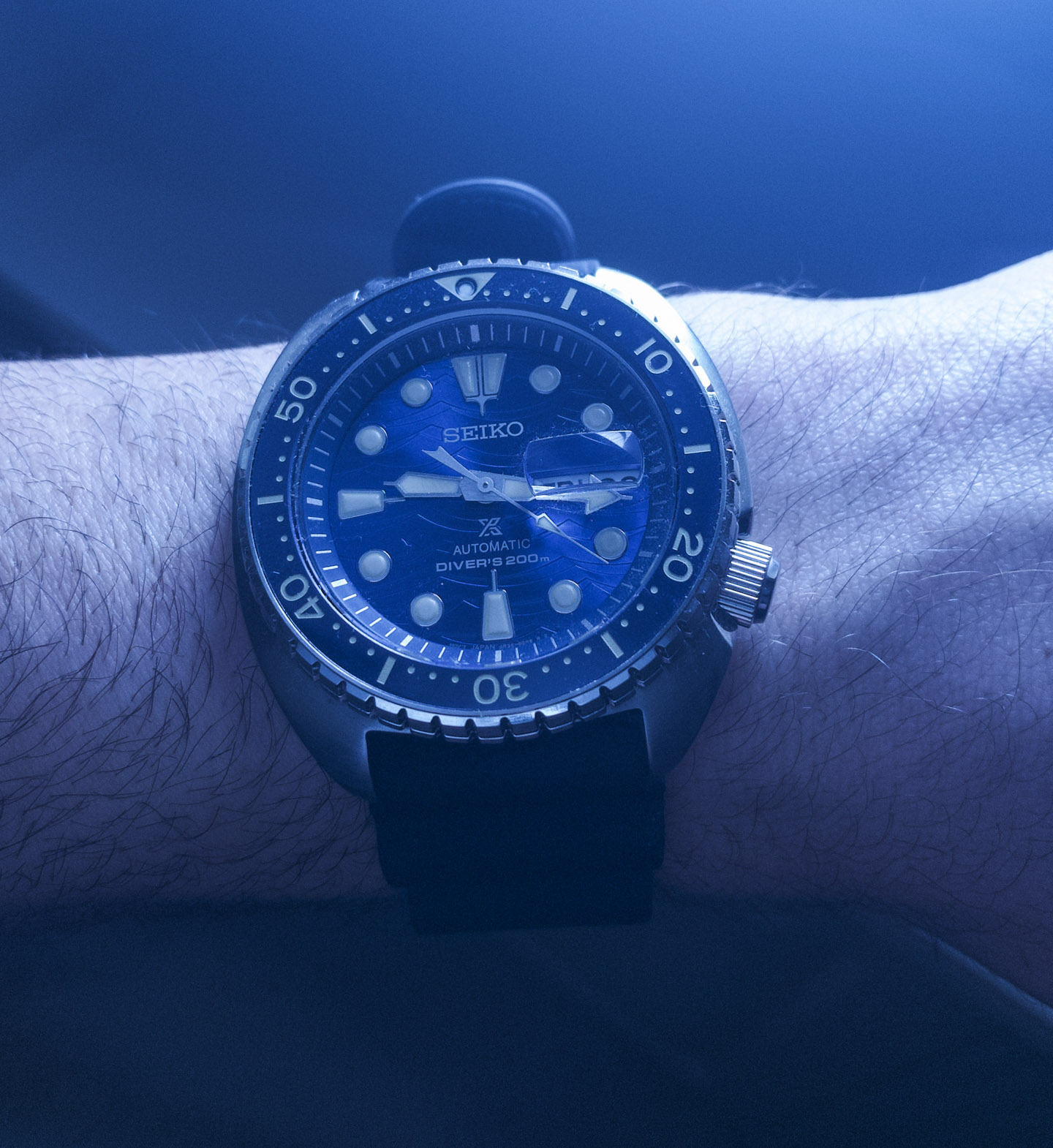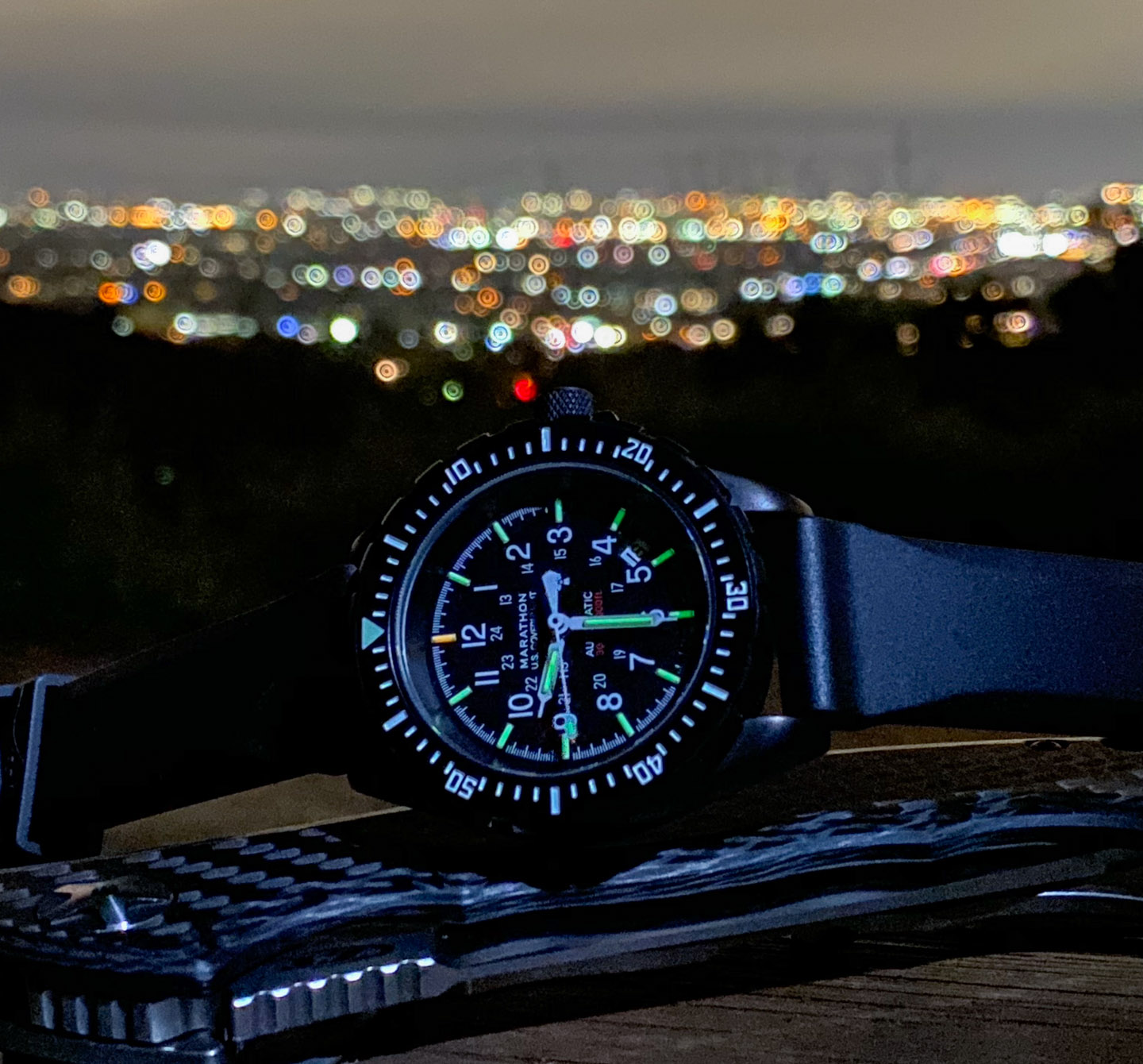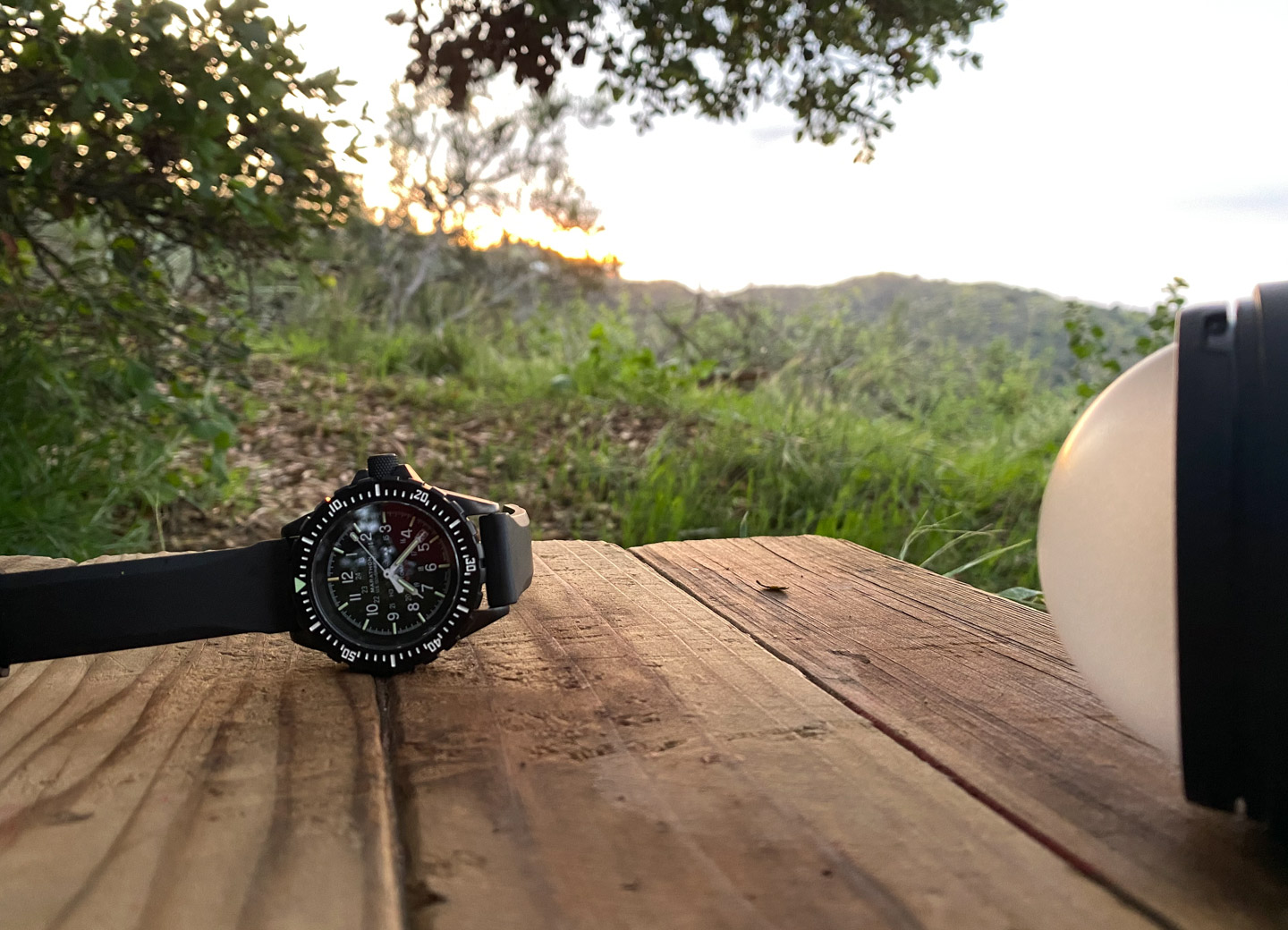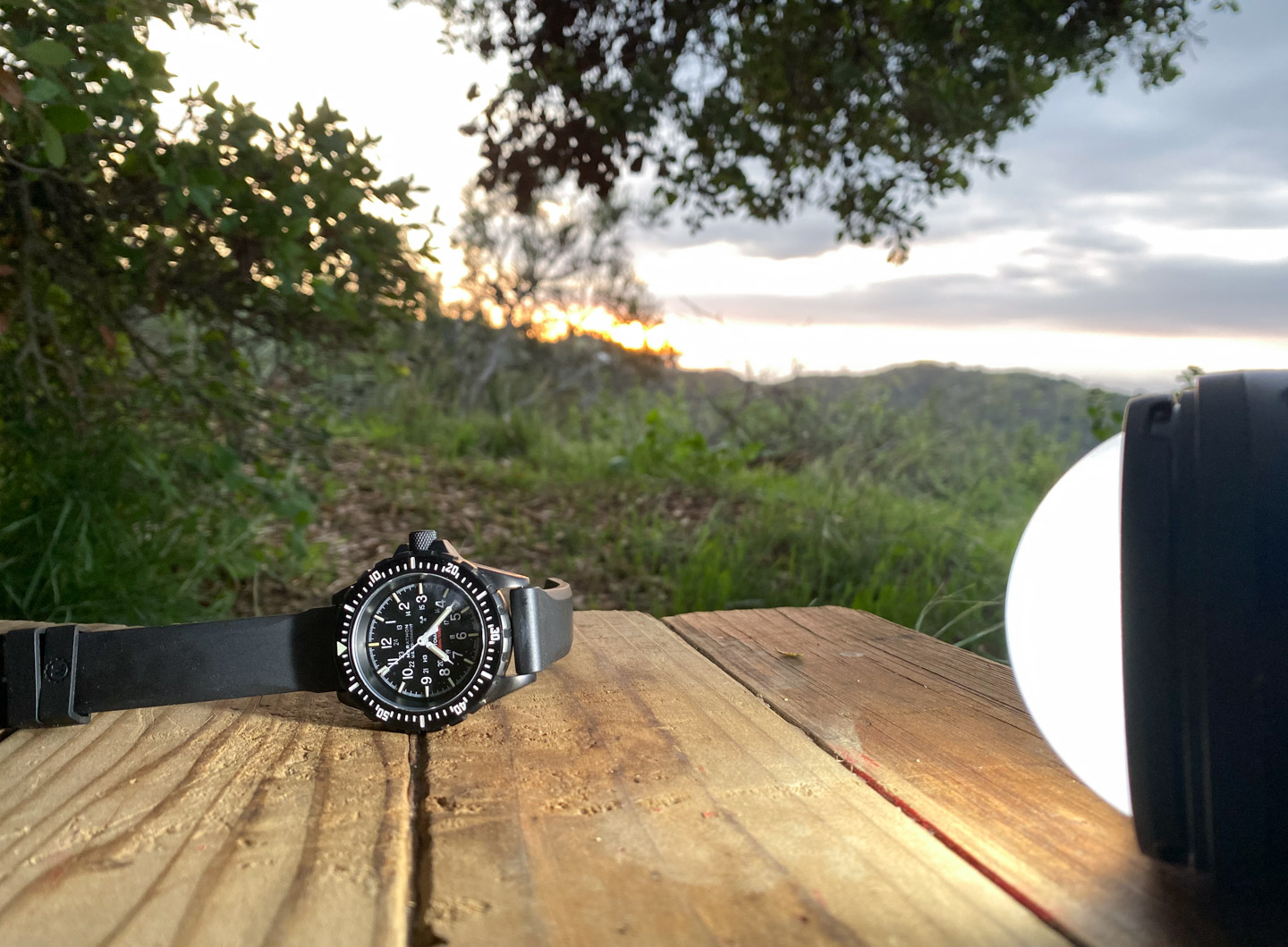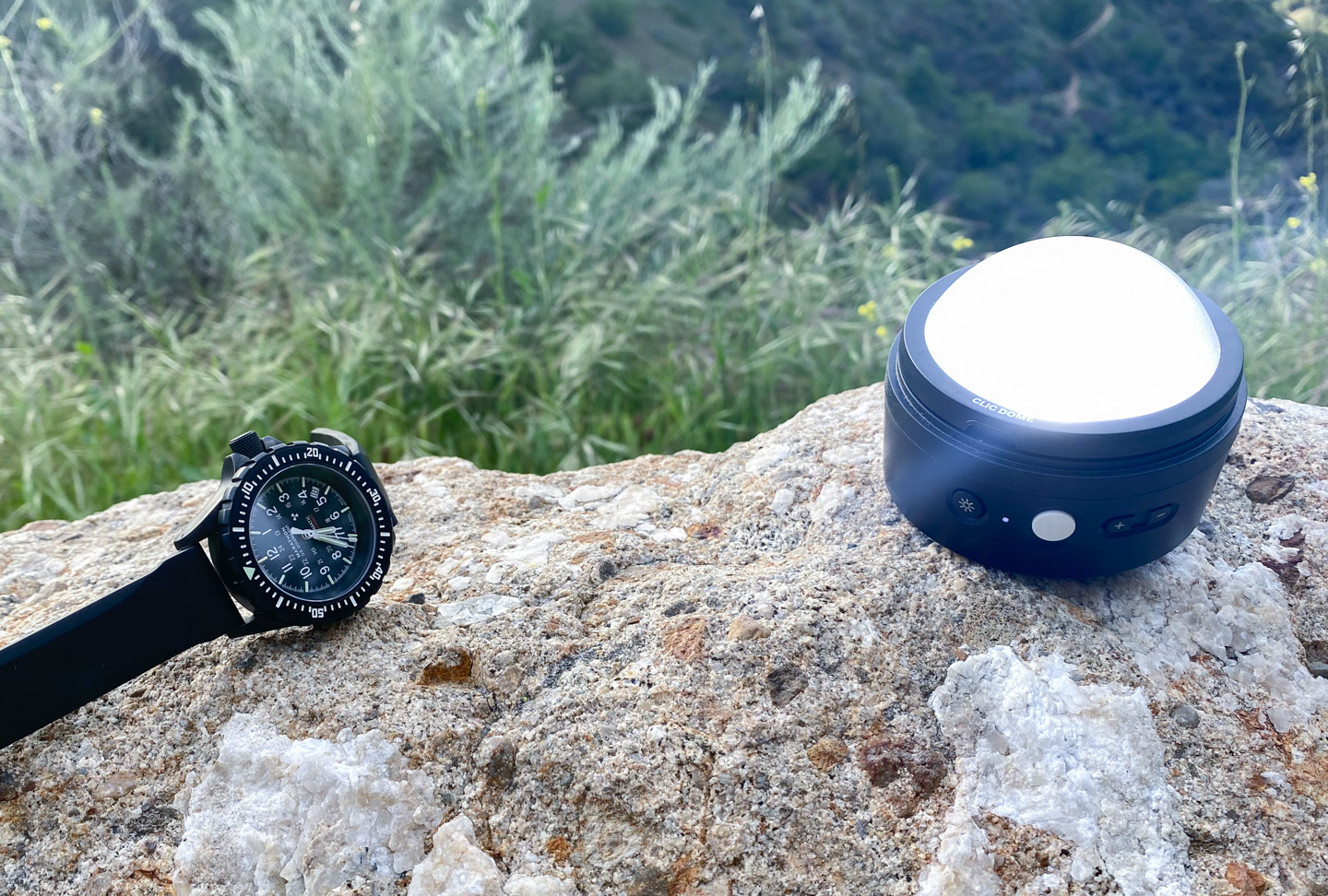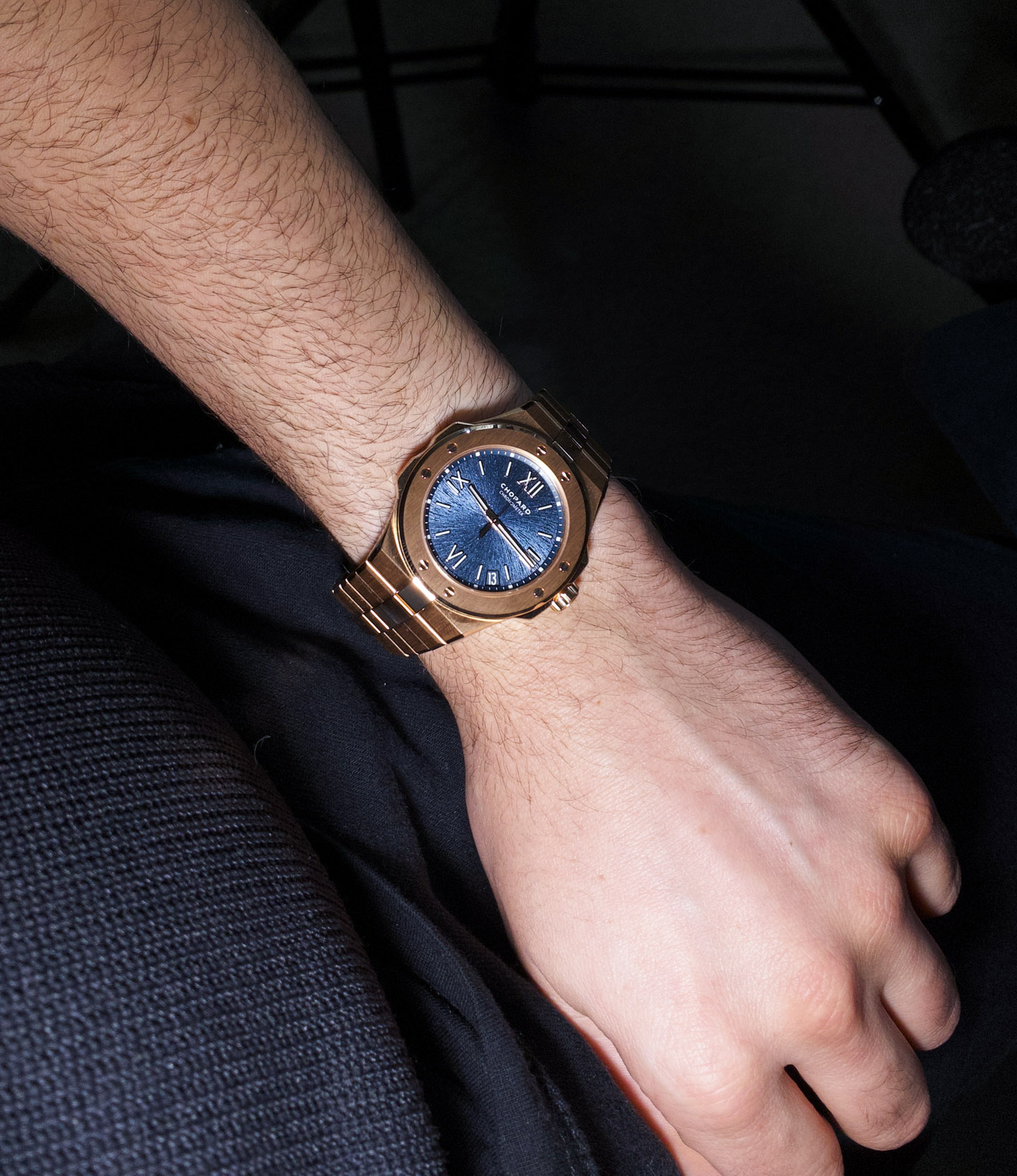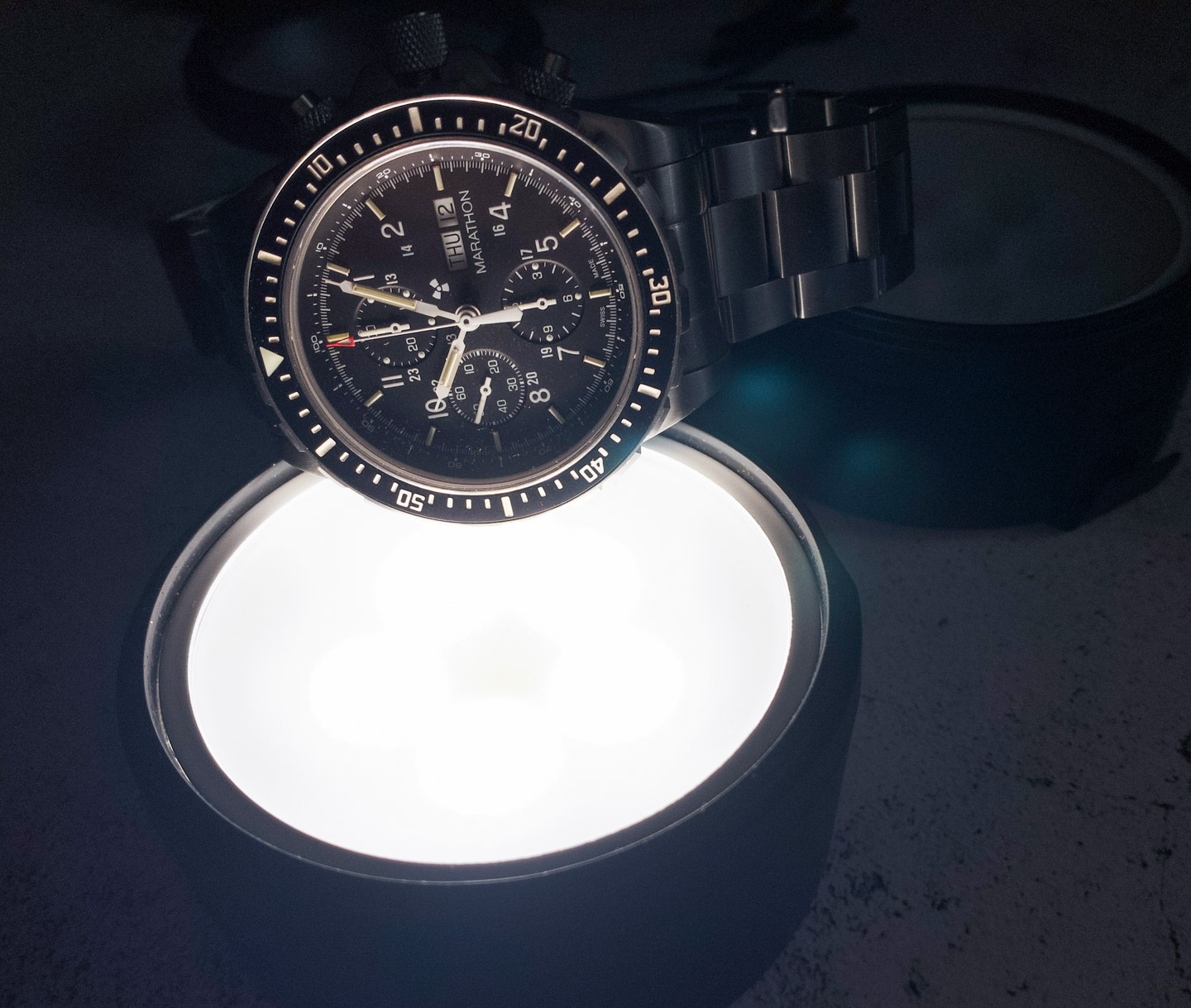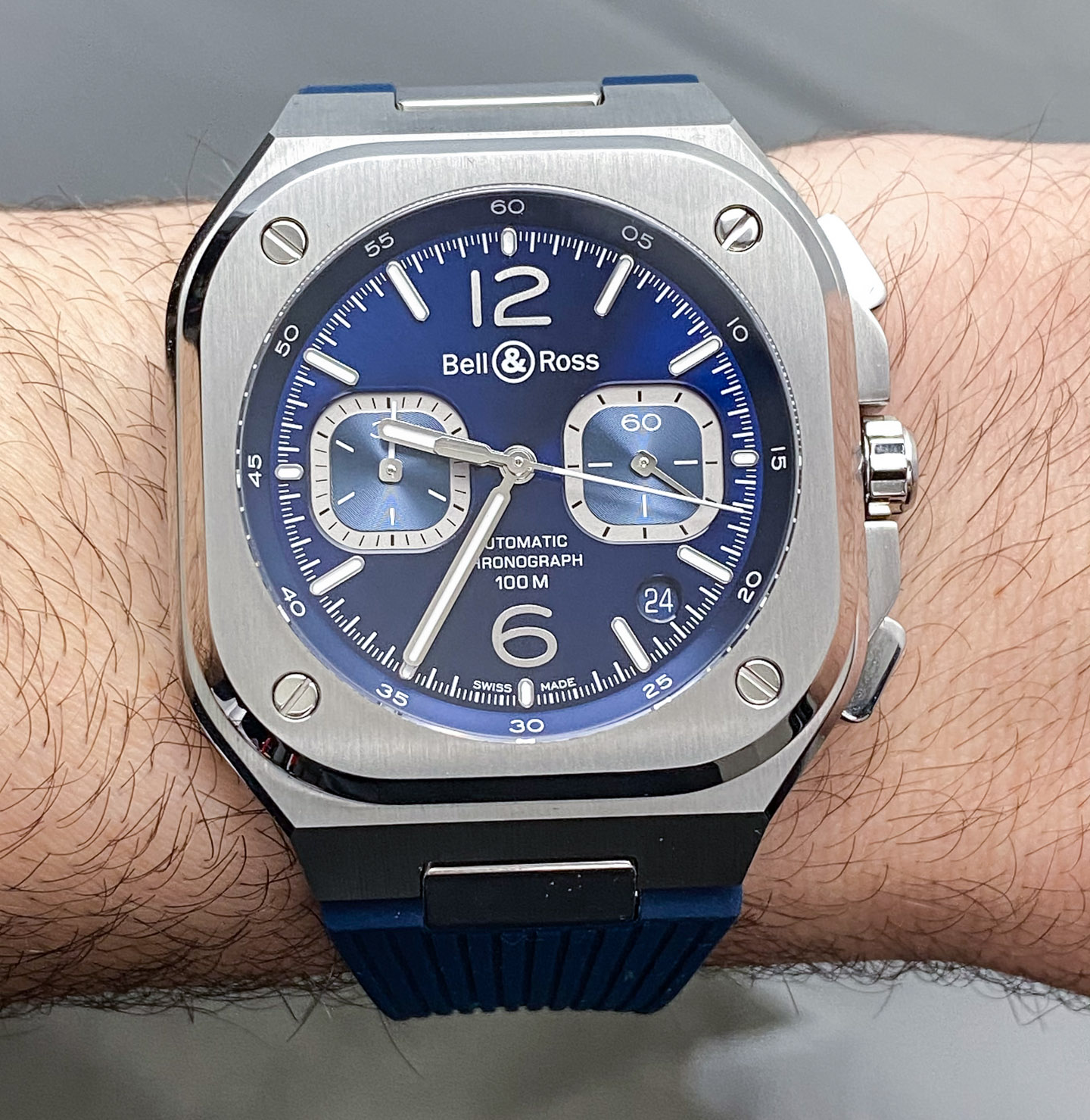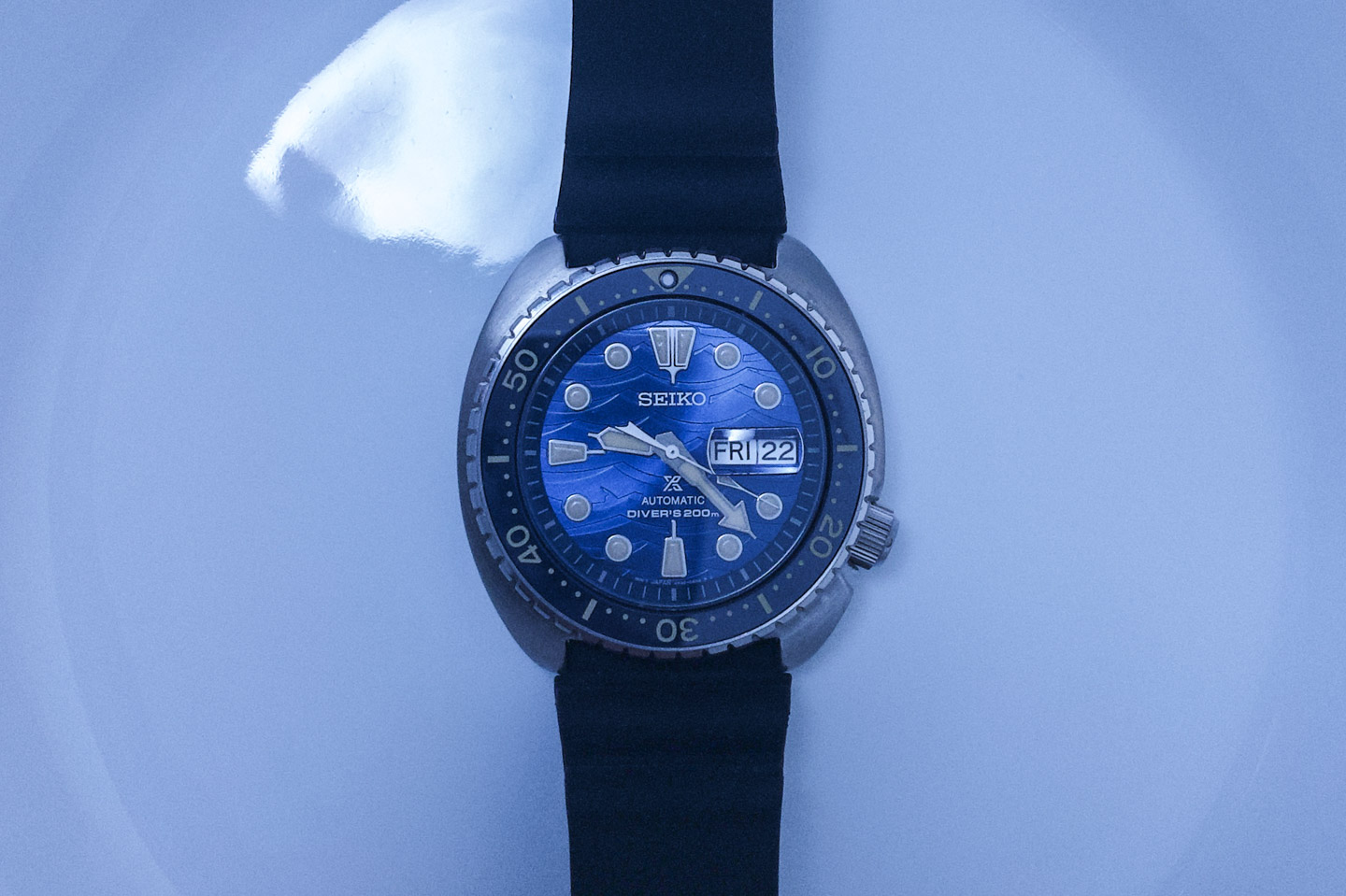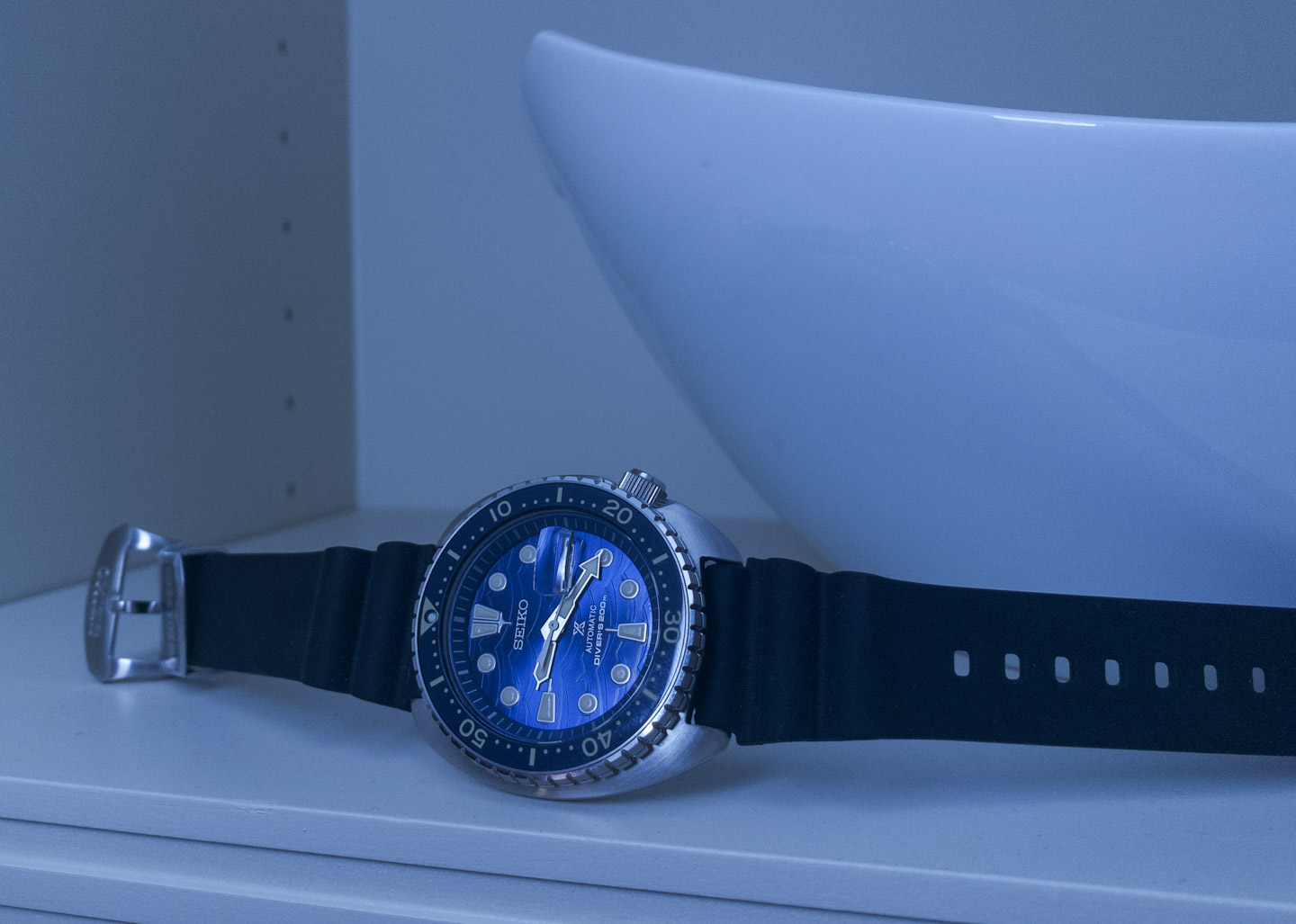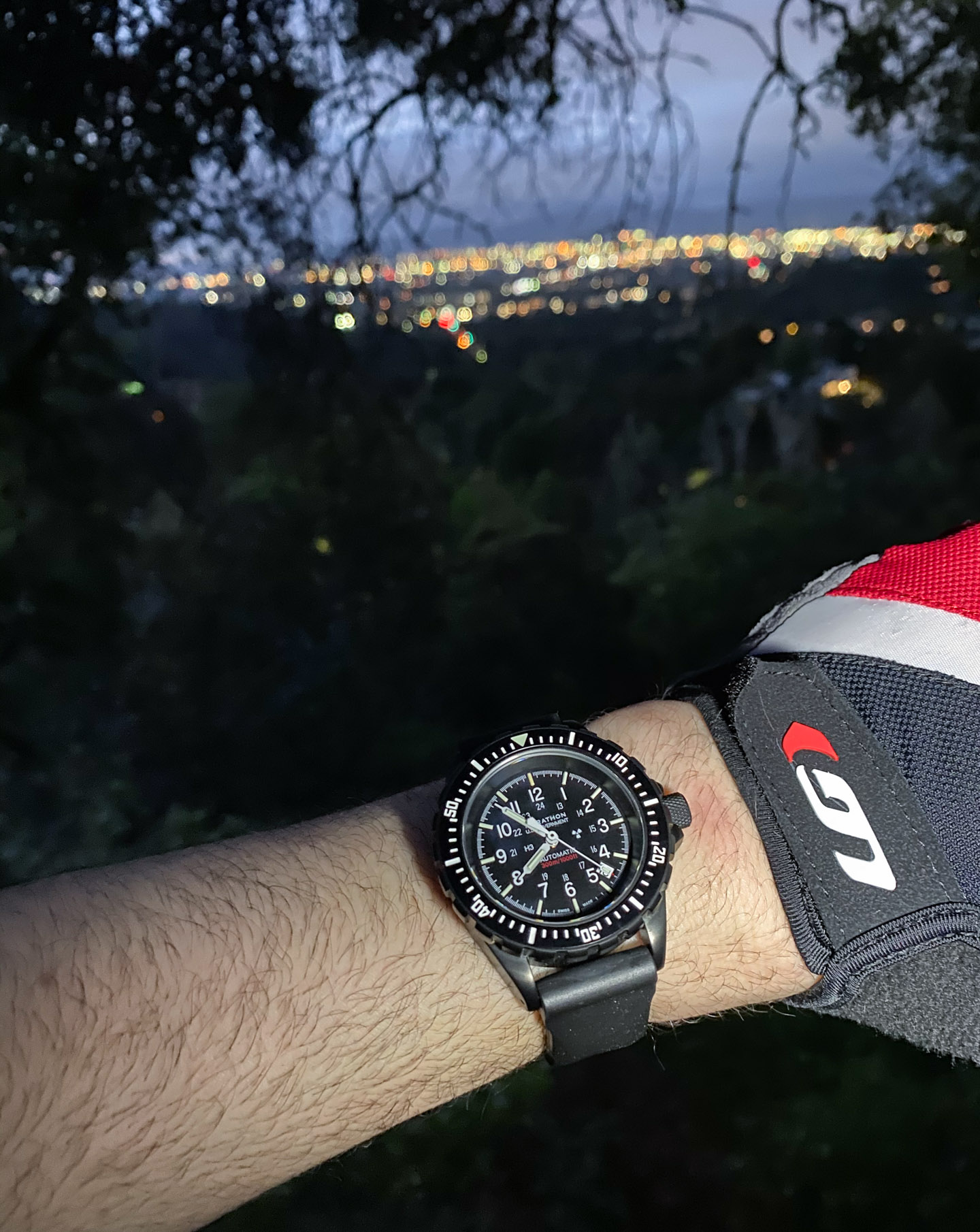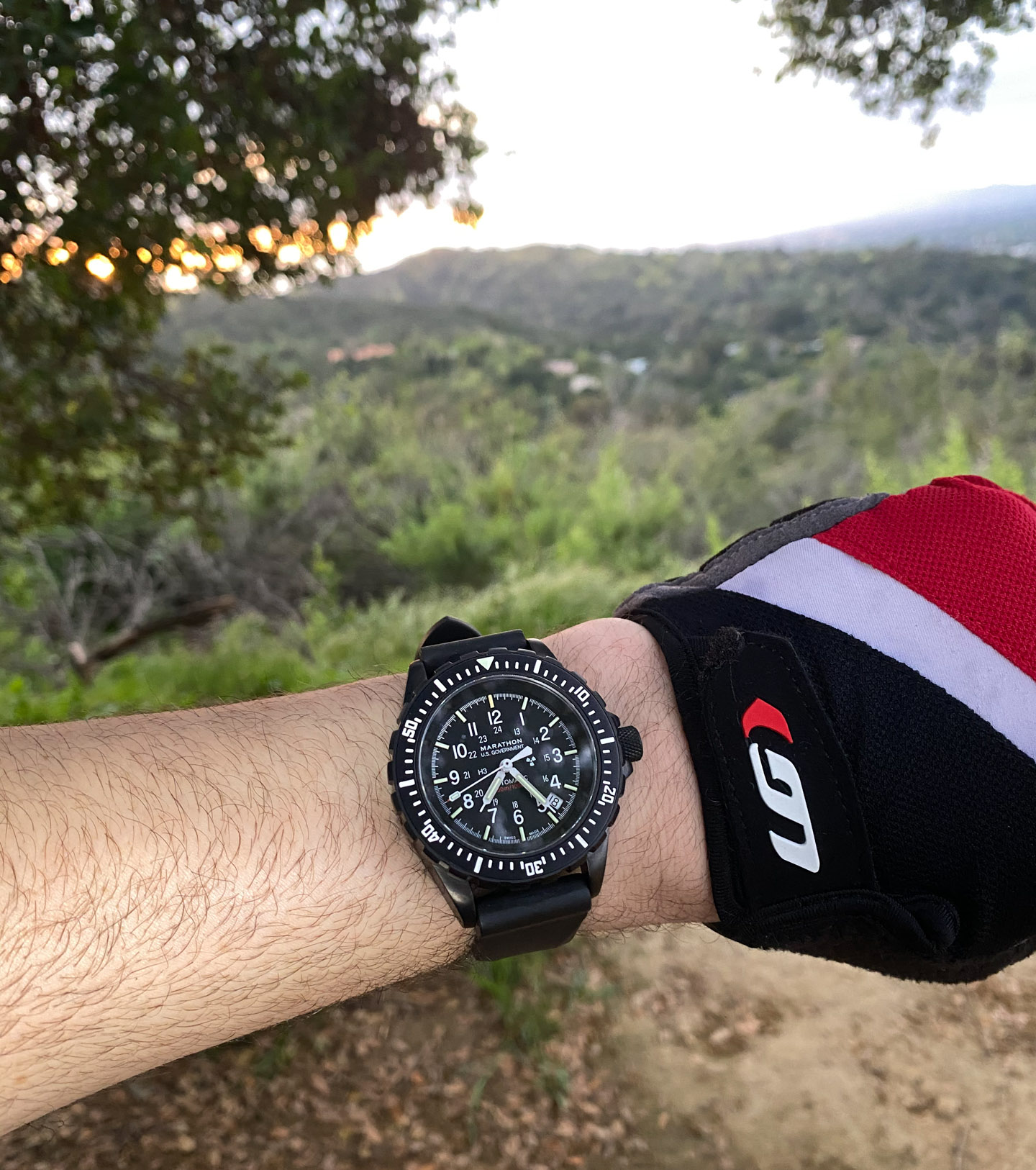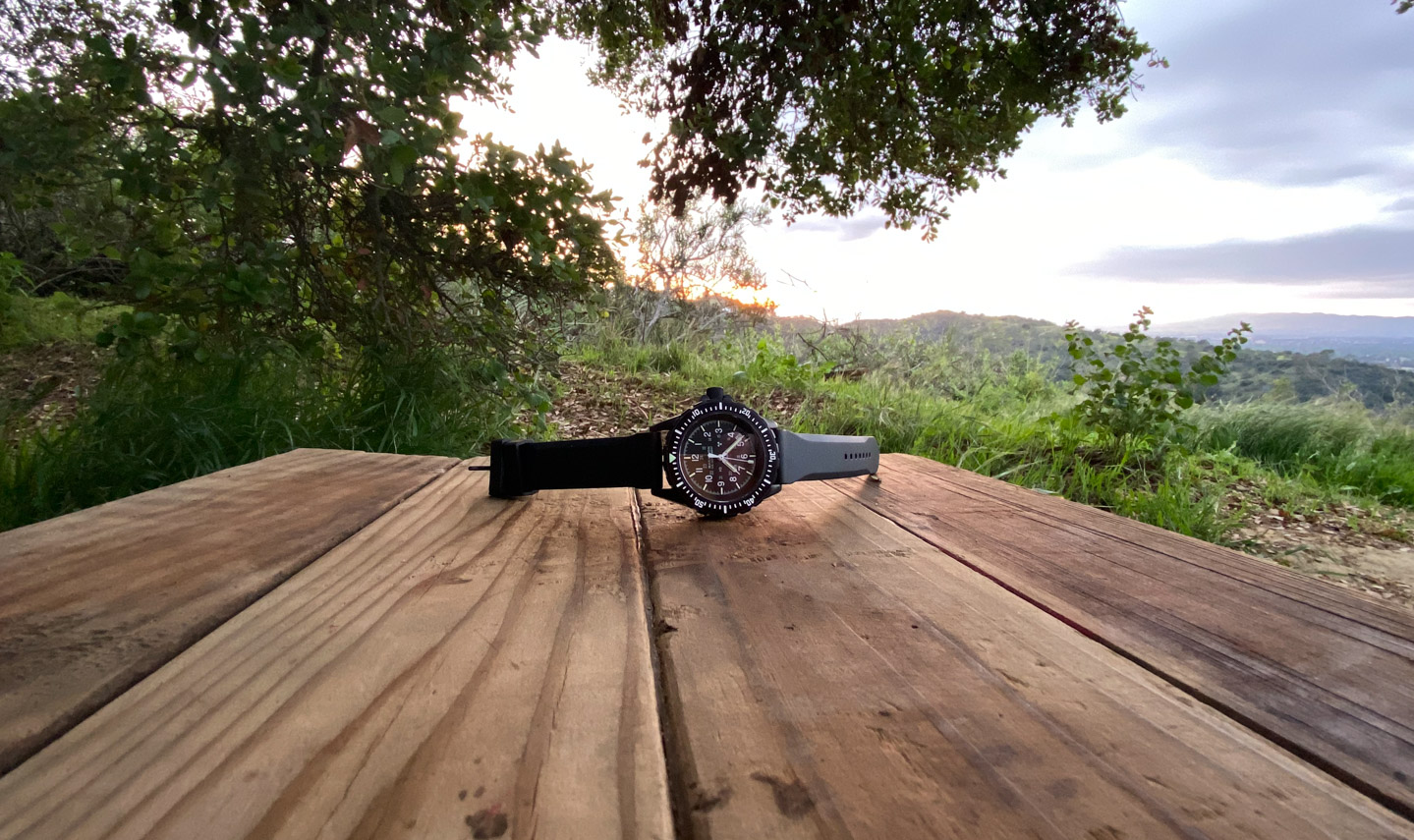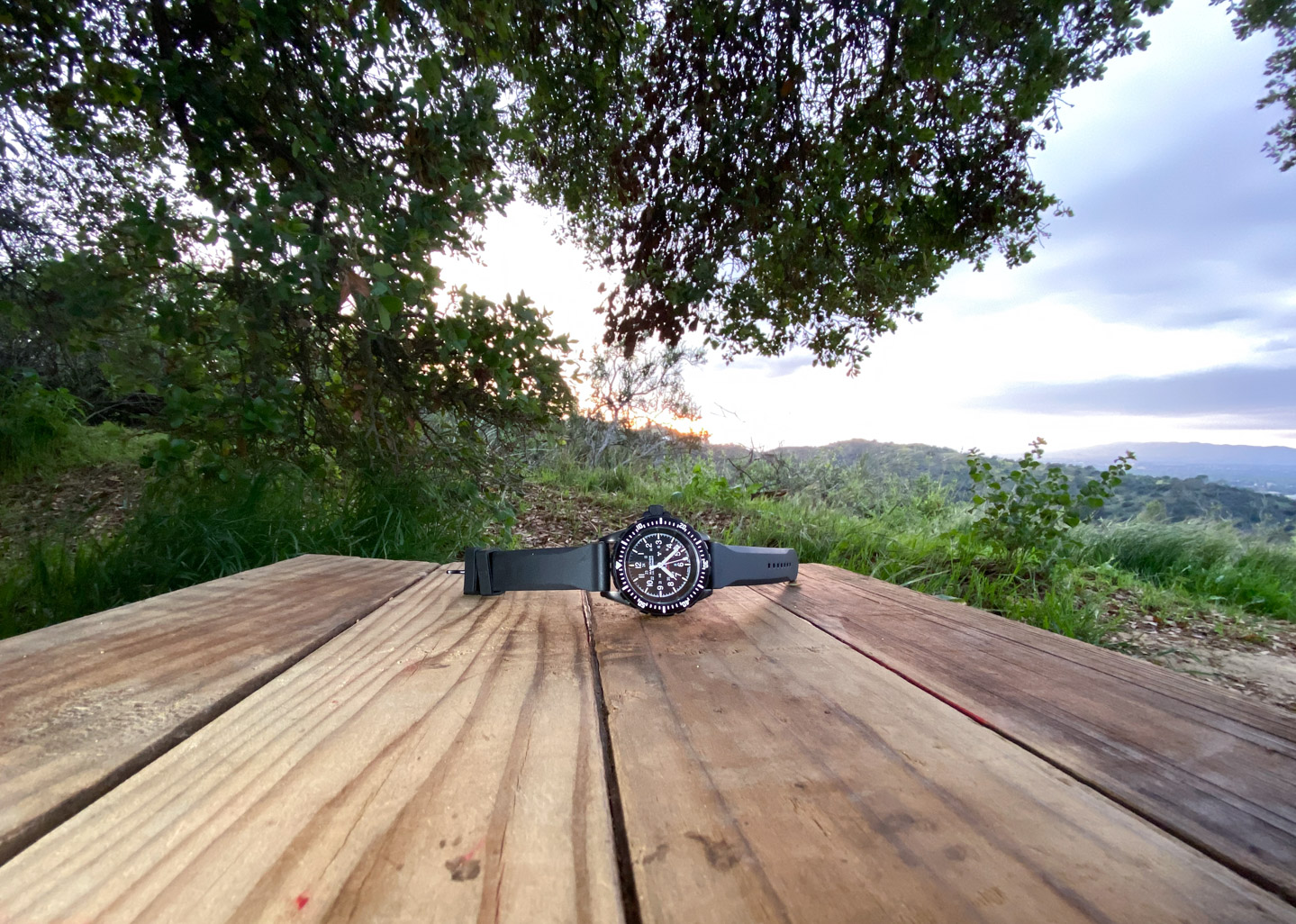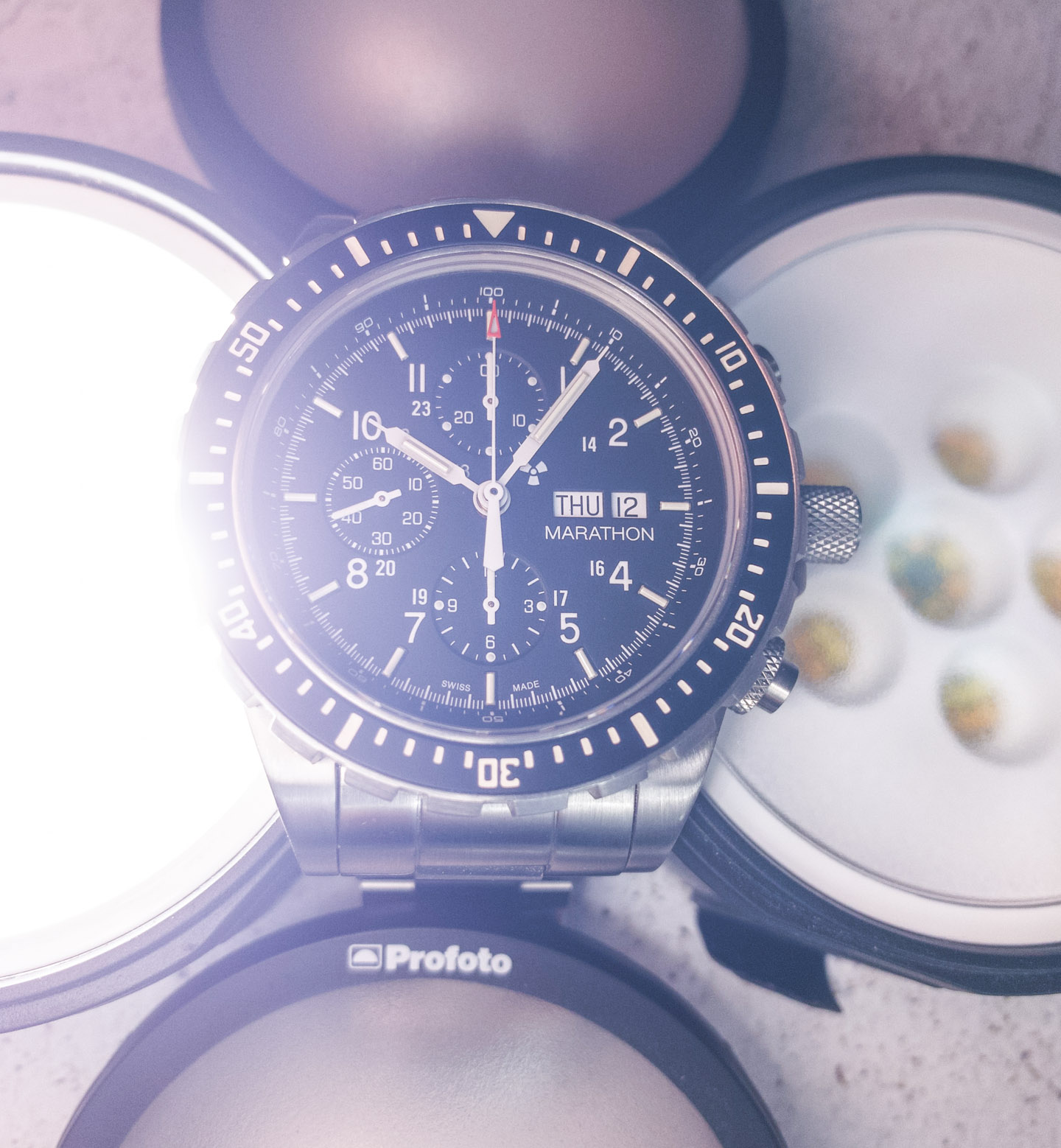
If you like watches and use the Internet, chances are that you’ve shared a “wrist shot” at least once. There is also a good chance that your first attempts at using your smartphone to take pictures of your timepiece did not yield spectacular results. As someone who has spent the better part of 15 years taking pictures of timepieces, I can tell you that such experiences are very common. Today, I’m going to tell you how a flash (or “strobe,” as many professionals call it) with your smartphone as a camera, can vastly improve the quality of wrist shots. While professionals like me still rely on a traditional camera to shoot much of the photography on aBlogtoWatch, using our smartphones to beautifully capture timepieces (especially for social media) has become a very important part of what we do.
“Wrist shots” are pictures people take of timepieces on their own wrist. Anyone who isn’t familiar with timepiece collector culture can simply think of them as “wristwatch selfies.” Until a few years ago, taking such pictures was impossible for most people who didn’t have specialized camera equipment. This is because most cameras have what is known as a “minimum focal distance” that more or less means you can’t take pictures of things very close to the camera lens. Modern smartphone cameras resolve this problem by operating differently than traditional cameras and thus allow anyone to take what is known in the photography world as “macro” shots.
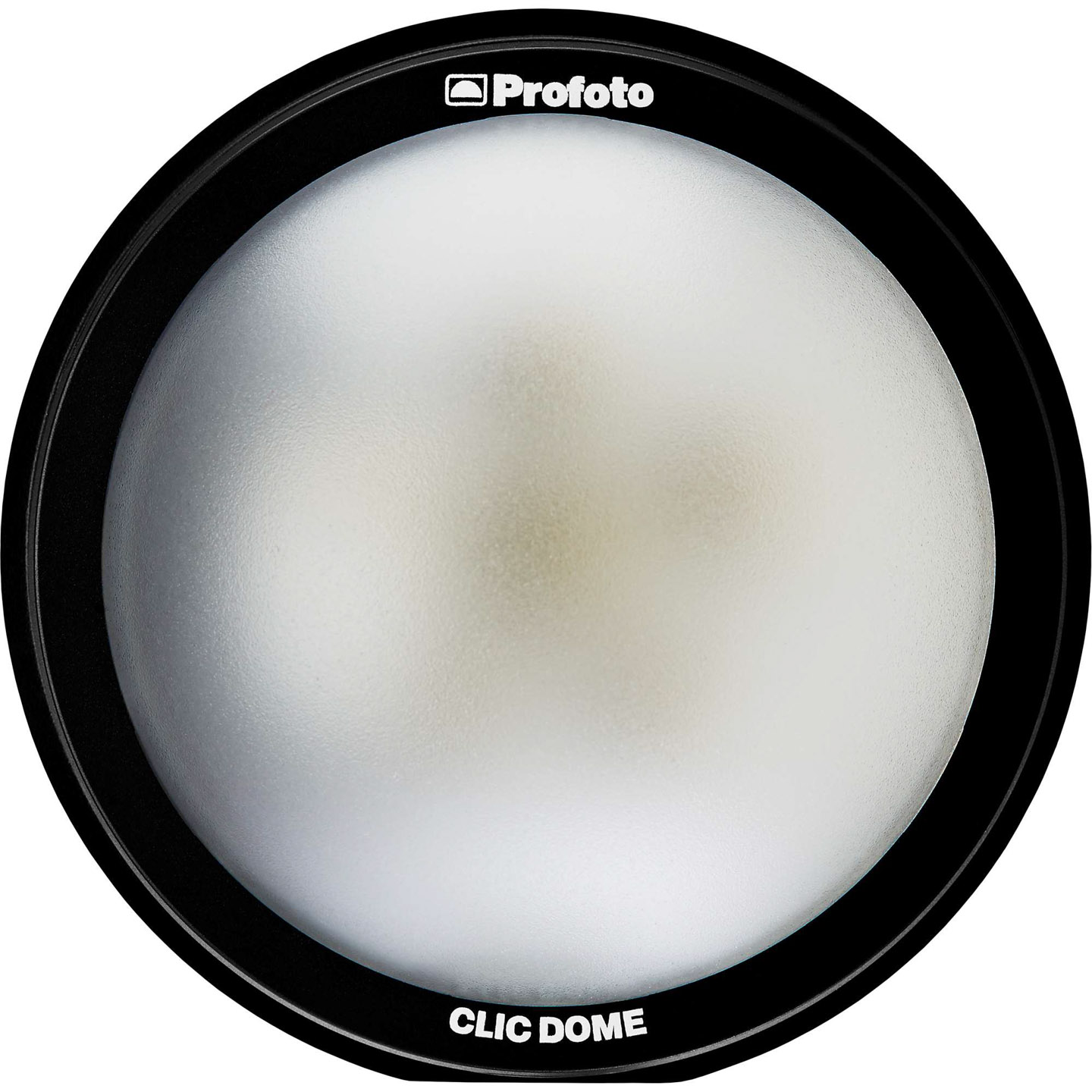
Effortless macro-shooting with your smartphone camera is the cornerstone of any wrist shot, but knowing that often isn’t enough to take a good wrist shot. What is missing in most people’s wrist shot photography is the right type of light. Professional photographers refer to this as “light shaping,” because it isn’t just a matter of having enough light, but having the right type of light and knowing what to do with it. Compared to traditional film photography, many photographers agree that digital photography requires not only more light, but better understanding of the light. This is not only because of how digital cameras such as those on your smartphone process light, but also because the lenses themselves are comparatively small compared to larger, more traditional camera lenses. In other words, if you want for your wrist shots to shine… then “let there be light.”
Profoto C1 Plus Bluetooth Flash System
For the purposes of this smartphone watch photography guide, I am going to use a really nice device called the Profoto C1 Plus and some accessories. Profoto, based in Sweden, is a mainstay name among photographers for high-end equipment. Profoto doesn’t make cameras, so consumers know a bit less about them. Since watch collectors are never shy about using good tools, there is a lot of “prosumer” utility in many Profoto products, and the C1 and C1 Plus were specifically designed for more casual shooting experiences. In other words, if you’ve found Profoto equipment to be compelling by intimidating (their stuff is all quite simple to use, actually) until this point, the C1 might be the product you’ve been waiting for.
I also want to add that much of what I am doing can, of course, be done with other types of lighting equipment. At this time, I am not aware of any other high-quality professional-grade strobes that are meant for smartphone use, but you can use most of what I am sharing in this article with other products, assuming they have similar functionality. My focus will be on what the C1 Plus can do, as I’ve never quite had this level of pro-camera-style functionality with my phone.

The Profoto C1 and C1 Plus are two versions of a similar product, with the C1 Plus offering a bit more control for users (like me) who need it. These are compact, USB Type C-rechargeable, Bluetooth-enabled flash units that are designed to work with your iPhone or Android smartphone device, but that can also be paired with a traditional camera if needed. To get the most out of the C1 Plus and your smartphone, it is necessary to download the Profoto Camera application. The C1 costs $149 USD, and the C1 Plus costs $299 USD and includes everything you need to get shooting with a new source of light right away.
Given restrictions within the iPhone operating system, to use the C1 Plus flash with your iPhone, you’ll need to use the Profoto Camera app. That’s not a big deal, but it would be nice to use them with Apple’s stock iPhone camera application. The Profoto Camera app is an evolving, yet robust piece of software that I feel benefits from the company’s focus on ease of use and intuitive controls. Though if you’ve never operated a camera with manual controls, it might be worth spending a few minutes with one of Profoto’s many instructional videos to help getting started with the application.
Using the app, you can control a lot of the C1 or C1 Plus’ parameters such as the strength of the light as well as even the color. I will speak a bit more below about colors, but it is not at all common for flash units to offer the user an ability to change the color temperature. The C1 Plus also features magnetic “Clic” attachments that attach over the top of the flash. Included with the C1 Plus is the Clic Dome that helps diffuse light, but other accessories are available. For the purposes of watch photography, various colored filters aren’t necessary unless you are trying to deliberately be artistic.
If you’d like to use the C1 or C1 Plus with a traditional camera, Profoto’s Profoto Connect “button-free trigger” is the most simple flash remote device I’ve ever used. This is very important to mention because an investment in C1 Plus flashes should enable users to operate them with either their traditional camera or their smartphone. Another important feature of the C1 Plus is that in addition to it being used as a flash, it can be used as constant lighting. For the purposes of this article, constant lighting is the most useful so if you are capturing video with your phone. As video on a smartphone is even more light-dependent than photography, having a C1 Plus unit with you when trying to video a timepiece’s operation in action is a very welcome accessory indeed.
Once you connect the C1 Plus to your phone with the Profoto Camera app, you are ready to use it as a flash. We call this an “off-camera flash” because it is not directed at the subject (the thing you are taking a picture of) and can be manually moved around at will. This is a key feature of what you’ll need to start upgrading the quality of your wrist shots and other watches images you wish to capture with your smartphone. Below, I offer more specific advice on how to properly shoot watches with your phone, the Profoto C1 Plus system being a natural companion for such photography.
Don’t Be Too Direct
Shooting watches is very different from shooting people or landscapes because of how they react to light. Watches typically have a variety of highly reflective surfaces, which make it a challenge to take clear, attractive photography. It is thus very possible to properly light your watch and still have a terrible picture. Anyone who has used the flash on their smartphone while taking a picture probably has some idea of what I am talking about. The key to a good wristwatch photograph is to use light but to make that light less directly hitting the subject from the light source.
Having this type of flexibility with light is impossible unless you have an off-camera or at least adjustable flash. None of that is possible with your stock smartphone camera flash. That is why the C1 Plus makes such a difference. For example, you can hold the flash farther away from the subject than the camera itself. This means that the light has more room to naturally spread and thus is less direct when hitting the subject.
A good way to think of this is picturing light coming from a flash (the source) being like water spraying out of a hose. Very close to the source the water is all directed, very strong, and much more intense. As the water leaves the source it spreads out, becomes less direct, and less harshly hits the subject. This is all possible because light is not only a wavelength but is also a particle (photons). Thus, it is possible to imagine photons of light acting like water droplets or vapor.
Light can also bounce off of surfaces. That is why a mirror works. Light bounces the most easily off light-colored surfaces, and this is important to remember when it comes to shooting timepieces. Because it is not wise to have direct light from a flash on to your subject (the watch), you’ll want to diffuse or re-direct the light in some way (or both).

Light diffusion is when light passes through an agent that causes the photons to disperse. The Profoto C1 Plus’s Clic Dome is just that — a domed diffusion device. It is the first step in offering a softer light that will look much more attractive on a watch during a wrist shot. Even using a white napkin or a white piece of paper can serve as an effective light diffusion tool. A secondary and often also necessary way of softening light (making it less direct) is to bounce it off other surfaces.
Think of the game of pool or billiards when you need to anticipate the trajectory of an object because where you are hitting it is not where you want it to end up. Bouncing light is a lot like playing pool. You need to imagine how light might bounce off of one surface (such as a wall), in order to hit something else (such as your wristwatch). To effectively do this it means placing the C1 Plus flash to face a wall or ceiling and then making sure the watch is correctly positioned in the space to receive the bounced light. When done correctly, using an off-camera flash to bounce light is the most effective way of taking a wristwatch photograph with your smartphone or any camera, for that matter.
Color Of Light
To make things a bit more complex, light also comes in various colors (as we all know). The color of light will cast a hue on whatever you are taking a picture of. As color detail is such an important part of wristwatch design, you want to make sure that pictures of your timepieces show them in an accurate tone.
Most people have probably noticed that some lights are different colors than others. Lights in rooms tend to have a yellow or orange cast to them, while other lights such as flashes or studio lighting are more white-colored. Light color is measured as a function of “color temperature” (using the Kelvin scale), but is also referred to on a scale of “warm to cold.” Warmer colors will be more orange in hue, whereas colder colors will be a bit more blueish in hue.
For the purposes of watch photography, I advice people to seek out cooler light (closer to pure white) whenever possible. Darker colors such as a black wall will absorb light, and a wall that is colored red (for example) will result in a red cast to your subject even if the original light bouncing off of it is pure white. Thus, when seeking surfaces to bounce light off of, a white wall or ceiling is preferred.
You can even use pieces of paper or “cards” (as they are known in the industry) to bounce light. Sometimes cards can even be used to diffuse light. A blank piece of white paper or a white cloth napkin are almost universally available and make be rather decent light-bouncing and light-diffusing tools.
What is important when it comes to light color is to remember that watches look better in cool colors and that many available lights indoors are the wrong color. That is while having a powerful yet portable strobe like the Profoto C1 Plus makes it possible to get proper lighting for your wrist shot when there might not be any available lighting (even if you feel like you are in a well-lit area). View Profoto Clic accessories which can attach to the C1 system here.
A Tidy Presentation
Now that you’ve got a properly well-lit way to shoot watches with your smartphone, it is important to consider a few ways that many otherwise great timepiece pictures go wrong. A few moments tidying up your shot in advance of taking it, as well as understanding some general best practices will help keep from having to retake too many shots.
One of the problems that come with better-lit photographs is that you naturally see more. A great example of this is any blemishes that might be on your watch such as skin oil and debris on the surface of the watch. These should be wiped off in advance of your shot since they will be much more noticeable in pictures that are properly lit.
Dust and debris on your watch are not the only things to consider. Why not adjust the time so that the hands are in an attractive position? What about making sure that not too many errant arm hairs cover the watch case, strap, or bracelet? The orientation of your wrist and arm are also important. I’ve seen countless wrist shots with awkwardly twisted wrists and hands. The primary reason these pictures look bad is that they don’t represent how a wrist or arm might rest naturally. Natural-looking poses and angles always make for the best shots.
How many available hands do you have? That’s a trick question but is meant to respond to one important issue that you might be thinking about. If you are holding your watch, and also your phone, how are you also going to hold or position an off-camera flash like the C1 Plus? The C1 Plus is designed to be set down on a table or desk and oriented in various positions. That flexibility certainly helps, but the devices also have an attachment to connect them to tripods and other camera accessories with a standard 1/2 inch screw if you need additional flexibility in how the flash is positioned.

Skill and experience will be your best friends when it comes to taking beautiful wrist shots and other timepiece photography with your phone. Having the right tools is both helpful and in many instances necessary. A Profoto C1 Plus flash system (more than one C1 Plus can be used at the same time with the same camera) is one of the best ways I’ve found to add professional-style lighting to your phone without the hassle of complicated accessories or large equipment. This tailor-made device isn’t cheap, but it does represent the quality and attention to detail any timepiece lover would both understand and appreciate.
Learn more about the Profoto C1 (here) and C1 Plus (here) products at the Profoto website. You can also view Profoto’s many instructional videos here.
